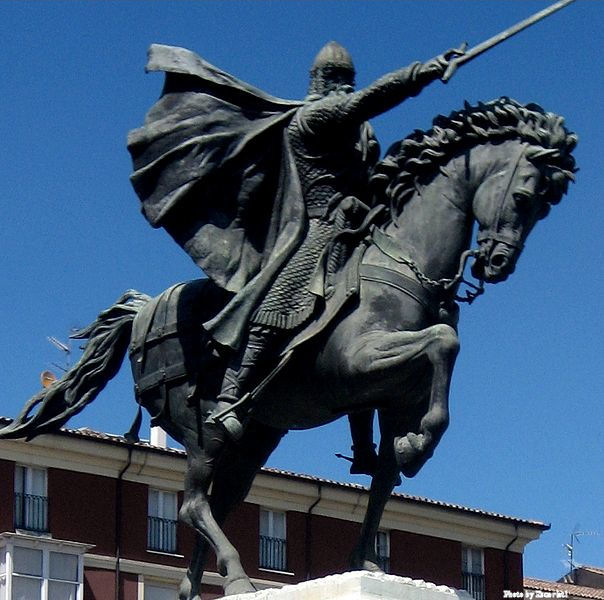
A Parasol Handle, designed by Carl Fabergé and located at The Walters Art Gallery in Baltimore, Maryland.
Like individuals, civilizations and cultures can also seek and appreciate the sublime. This happens when any social grouping subconsciously elaborates and appreciates together splendorous works such as art, architecture, political achievements, or religious devotions.
To the degree that members of social units appreciate the sublime together, the greater is the culture or civilization. We ignore the influence of the sublime at our own risk for, as Johan Huizinga notes, “History pays too little attention to the influence of these dreams of a sublime life on civilization itself and on the forms of social life.”*
Not only is the sublime found in arts or objects; we find the greatest masterpieces of a culture in its great men and elites. The popular capacity to admire and produce sublime models and heroes represents a civilization’s crowning achievement. “Whether in the Iliad, the Aeneid, or Beowulf,” writes Robert Nisbet, “the hero’s deeds represent the highest exemplification of the society’s sacred values; he fulfills rather than transforms them.”**
* Johan Huizinga, The Waning of the Middle Ages: A Study of the Forms of Life, Thought and Art in France and the Netherlands in the XIVth and XVth Centuries (Garden City, N.Y.: Doubleday Anchor Books, 1954), 39.
** Robert A. Nisbet, Twilight of Authority (Indianapolis: Liberty Fund, 2000), 92-3.
John Horvat, Return to Order: From a Frenzied Economy to an Organic Christian Society—Where We’ve Been, How We Got Here, and Where We Need to Go (York, Penn.: York Press, 2013), 316-7.












